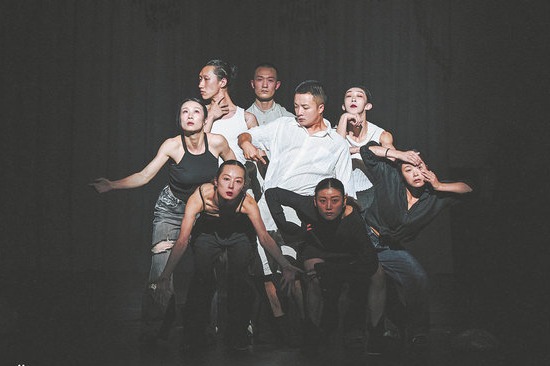Decoding the land of pharaohs


Mysteries of the gods
Depicted as a falcon-headed man crowned by two feathers and a sun disc, Montu was worshipped as the sun god during the Middle Kingdom period (c.21st century-18th century BC) before gradually being replaced by Amun. However, worship of Montu continued in Thebes, and he was often later regarded as a god of war.
The precinct comprises temples to Montu, Maat and Harpre, a high platform-like construction whose function remains unknown, and six Osirian chapels. It takes up around one-third of the Karnak complex, al-Saghir explains.
It also has mud-brick walls, two obelisks, a small sacred lake and the sandstone gate of Ptolemy III Euergetes (the Greek ruler of Egypt from the 3rd century BC) that connects the Avenue of Sphinxes to a quayside by the Nile, and some other ruins.
This precinct is therefore considered a crucial site within Ancient Thebes and its Necropolis, a UNESCO World Heritage Site.
French archaeologists began surveys of the Temple of Montu in the late 19th century, but the first systematic excavation only began in the 1940s. Some key discoveries of temple ruins around the area were made in the 1970s.
The Sino-Egyptian joint team took up from where the French stopped.
Taking time to preserve the relics and summarize existing findings, they have conducted excavations covering more than 2,000 square meters at the Osirian chapels in the southwest corner of the temple area, as well as at the junction between the Montu and Maat temples.
"From the angle of archaeology, we found that the Montu Temple was built first and was then extended from its southern wall to build the Maat Temple," Jia says.
"We also want to know the relationship between the two temples, and the detailed time they were built."
By excavating the junction, the team also discovered an area of neatly laid mud bricks printed with the throne name of Pharaoh Amenhotep III.
"This suggests the temple was built no later than Amenhotep III's reign," Jia says. "That was in the first half of the 14th century BC."
Gao Wei is an assistant research fellow at the Institute of Archaeology, CASS, and a member of the team. One of his main tasks has been cleaning and studying the second and third of the six Osirian chapels.
Ancient people made different wishes at each of the chapels dedicated to Osiris, god of the dead and of fertility — for example from wishes for good crops to the coming of the annual Nile flood and good luck in life.
A section of the bounding walls that enclosed the chapels was also found. Although excavation has not been completed, the discovery echoes an aerial photo taken in 1914 by Theodor Kofler, an Austrian photographer, which clearly shows the outline of the rectangular walls with a gap that is believed to be the gate connecting the chapels to the main temple.
This year, the Chinese team returned to the site to document earlier findings — especially of pottery and bronze figurines of Osiris.
"We want to unveil the complete face of the walls, determine the time they were built and if they were restored," Gao says.
He explains that studies of these chapels have reshaped understanding of ancient Egyptian beliefs. Scholars previously thought each city had one major god or god family. For example, in Thebes, Amun and his family were the main deities worshipped, while in the ancient city of Abydos, Osiris was dominant.
However, the existence of the 20-odd Osirian chapels at Karnak indicates that the worship of gods was diversified, probably during the Third Intermediate Period (c. 1077-664 BC), when the worship of Amun declined.





































